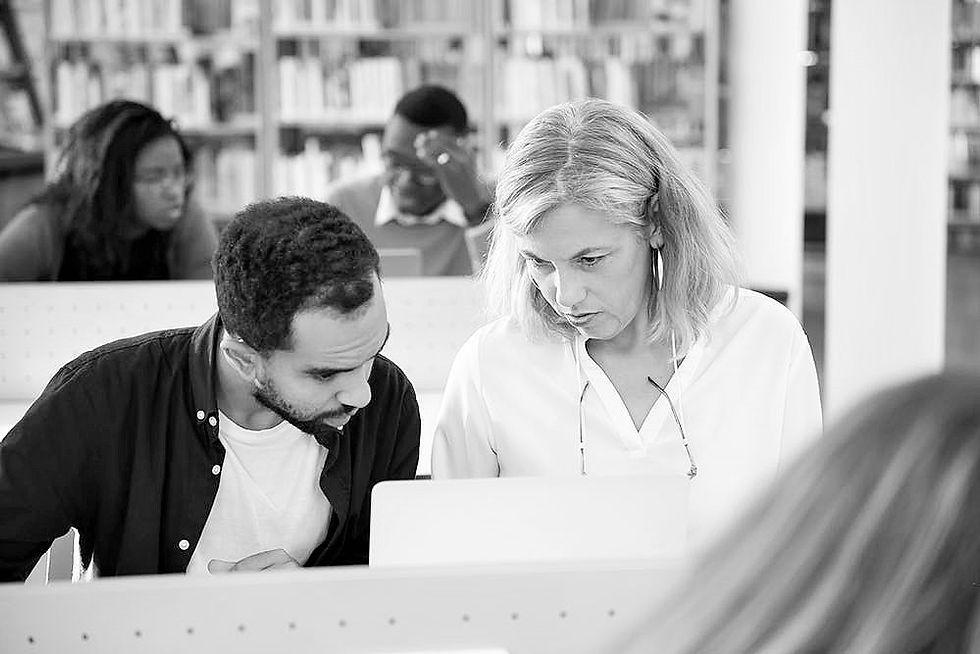Sit in the Frustration With Your Students- Allow Mistakes
- DFDarwoodWrites

- Sep 3, 2023
- 2 min read
Everyone learns as they make “mistakes.”
Remember making mistakes as a child? Do you consider all mistakes on the same level? All minor? Or all deadly? When you made a mistake, did you have an adult around yelling at you or rolling their eyes or even laughing at you? Did you ever find out about the value in “errors?”

The Science I Explored
“Our research found evidence that mistakes that are a ‘near miss’ can help a person learn the information better than if no errors were made at all,” says Dr. Nicole Anderson, senior author on the paper [ a study published in the journal, Memory] and senior scientist at Baycrest’s Rotman Research Institute. “These types of errors can serve as steppingstones to remembering the right answer.”[1]
A Situation
Your student has given the wrong answer to the same type of question for the third time. The student answered incorrectly during class discussion. And you overheard the student in a peer discussion repeat the same incorrect answer. Now you are talking to your student and they come up with the same incorrect answer.
Allowing Educational Mistakes in Your Classroom
We are talking about how the brain needs ‘mistakes’ to solidify learning. So, skip telling a student they are wrong and then just giving them the correct answer, especially if you are in a small group or single-student session. Instead, listen to the student as they explain their thinking.
Start back at the beginning and go on the “thought” journey with the student. Let the student talk. Pause at the point where the incorrect process begins and explore. “Ahh, let’s pause right here. Let’s add …”
Ask guiding questions to help with the student’s discovery. You can also insert a tidbit of the corrected information. Then, continue to ask guiding questions. Follow the student on their thinking journey, and let the student lead you down a new path of thinking.
Create space for the student to engage in independent practice. Students will need opportunities to test and retest a newly learned concept.
Obviously, this works best for concepts and ideas. If you try this entire process with spelling errors, you’ll likely melt in your own puddle of boiling sweat after trying to go down a “thought journey” for misspelled words.
Say it with me: “Young child, let me hear your thinking. And let me let you practice this.” Do you see the face of that student whose pencil is erasing and excitedly starting again?
[1] “Making mistakes while learning actually helps you learn better,” Baycrest Centre, updated June 15, 2018, https://www.baycrest.org/Baycrest-Pages/News-Media/News/Research/Making-mistakes-while-studying-actually-helps-you.







Comments